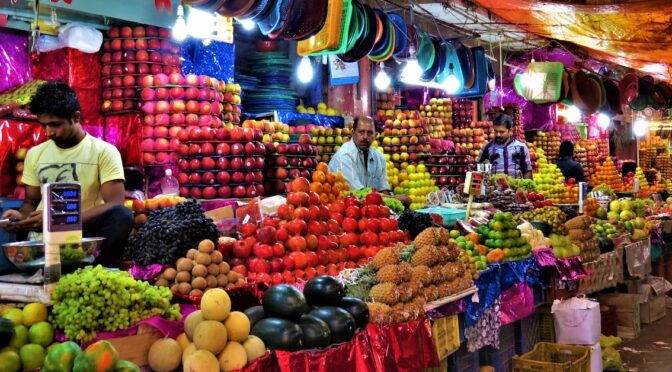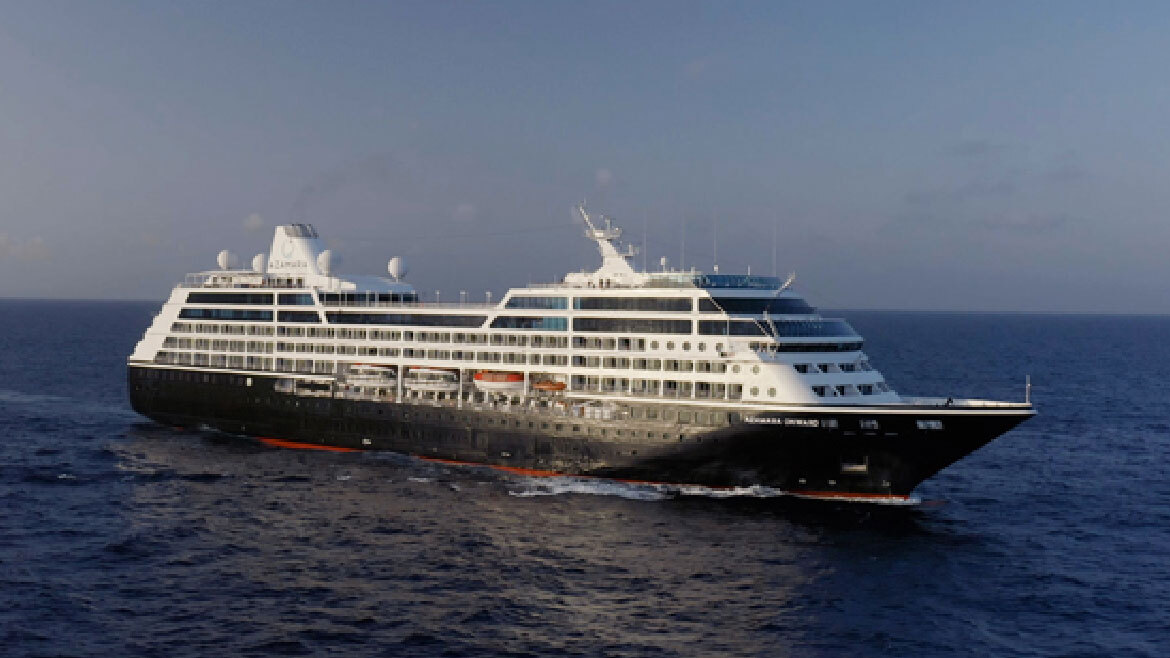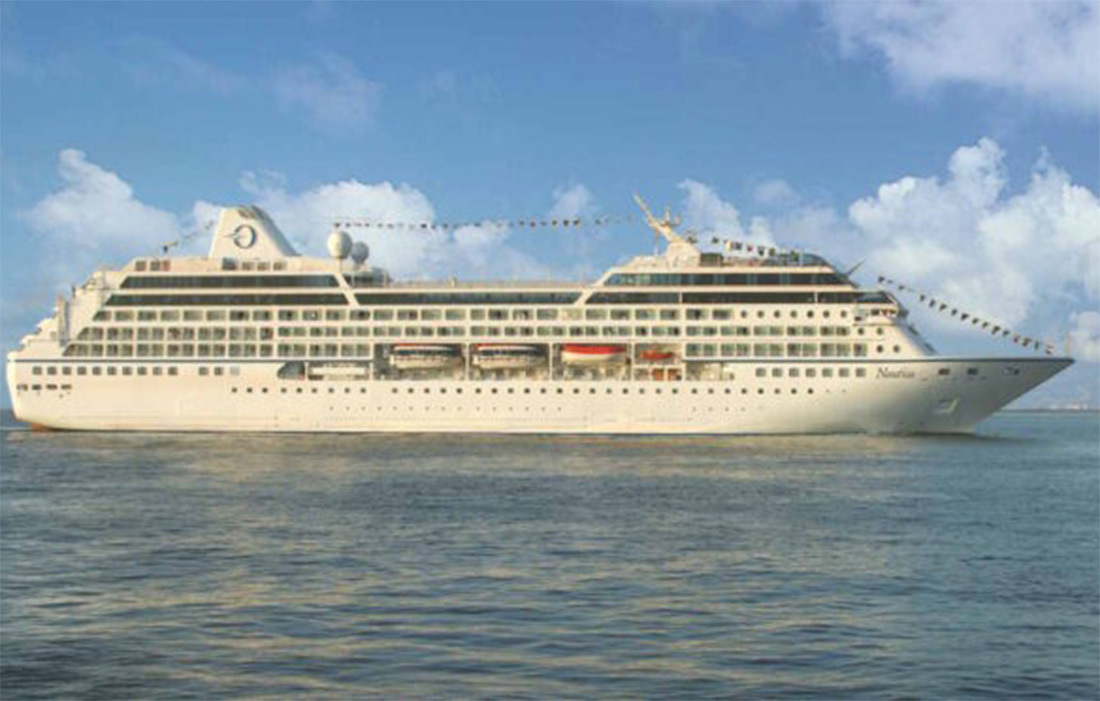Rhine cruise: Go with the flow
“It’s a bit disproportionate,” says our instructor. “But you’re getting there.” I’m in an art studio in Amsterdam, staring at my easel and working out how to turn the pot of sunflowers in front of me into a Van Gogh-esque masterpiece. Conclusion: I’m not sure sunflowers are my thing
Roll on two hours, though, and I’m strolling out brandishing my yellow-doused canvas with a proud, look-at-me-now grin, feeling uncharacteristically accomplished for 11am on a Friday and sidling back onto the ship I’ve come to call home with a new-found sense of smugness.
It’s not exactly your average cruise activity, but then nothing on this itinerary is. I’m sailing on the Rhine on one of Avalon Waterways’ Active & Discovery itineraries, which have offbeat, immersive excursions as their raison d’etre, with different options (labelled Active, Discovery and Classic) to choose from in each stop. And from drinking my way around Dusseldorf’s breweries to discovering medieval castles, cycling through the Dutch countryside to hiking in national parks, I certainly make the most of it.
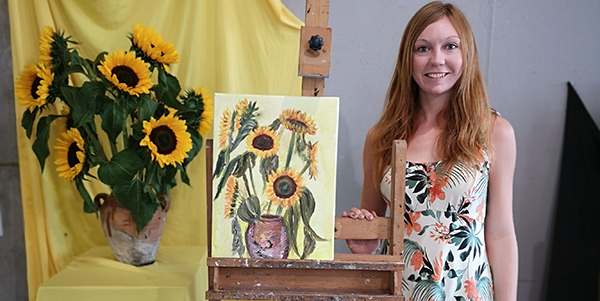
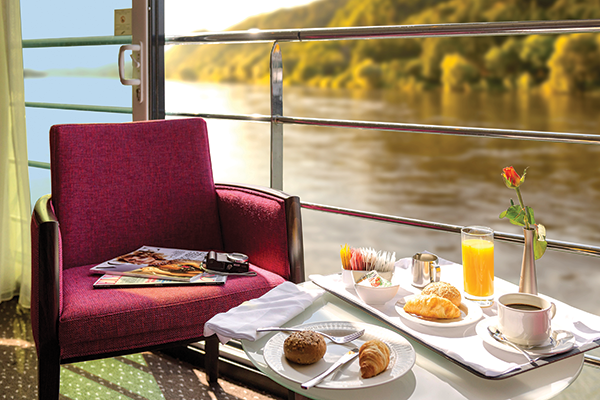
Surprise, surprise
I’d joined the trip in the quaint, cobbled streets of Rüdesheim, the historic winemaking town in Germany’s Rhine Valley. There, it’s all about the quintessential charm, with wood-beamed shops, pubs and restaurants framing higgledy-piggledy lanes, and traditional specialities such as Rüdesheimer Kaffee (an indulgent blend of flambéed brandy, coffee and whipped cream) served to the accompaniment of local bands, which quickly get punters belting out hearty tunes.
Our stay here ended with a rather unusual trip that’s one of several extras Avalon doesn’t highlight on its itineraries but instead springs on its guests as a surprise. I won’t give away the secret, but suffice to say it was a memorable way to kick off the trip. It proved to be the first of plenty more unforgettable experiences. The next day we sailed through the iconic, Unesco-listed Rhine Gorge, passing centuries-old castles, sleepy villages filled with lemon-hued houses and vast, rolling vineyards coloured bright emerald-green, before docking at our next stop – the historic, postcard-pretty Koblenz. Formerly a Roman military post, the city today retains its age-old influences.
Ancient forts and citadels lie scattered across the region, with the commanding Ehrenbreitstein Fortress at its heart. Accessible by cable car, this cluster of labyrinthine, 19th-century stone walls is a regular go-to on cruising itineraries, with its imposing hilltop position luring visitors after panoramic views. I opted for one of Avalon’s alternative excursions, though, to Marksburg Castle, set in the nearby town of Braubach. Dating back to at least the 13th century, this cream-walled, grey-roofed fortress, perched atop a hill overlooking the river, is the only castle in the Rhine Valley never to have been destroyed or attacked (even Napoleon didn’t get it), meaning it remains impressively intact. Strolling its grounds on a guided tour revealed time worn, wood-strewn kitchens and creaky-floored, dusty bedrooms. And we learnt some intriguing details along the way – like the fact beds were deliberately short so people would sit up while sleeping, for fear that ‘death’ would catch them if they lay down.


Off-the-beaten-track
From there it was on to Cologne, where the towering Gothic spires of the city’s iconic cathedral soar up like blackened shards, the pinnacles of a structure that took 600 years to build, albeit with a 300-year hiatus. Our options here spanned a classic amble around the Old City, a running tour, a visit to the Lindt Museum and an artsy trip around the bohemian Belgian quarter. I opted for the latter and found myself browsing colourful street art murals, eco-friendly farm shops, independent boutiques and a cafe-cum-art-gallery where striking abstract paintings created by an eight-year-old boy adorned the walls; it was a totally different Cologne to the one I’d seen before, rounded off with a local Kolsch beer and a hearty bratwurst in an olde-worlde brewery.
That wasn’t the only brewery I was privy to. Our final stop in Germany was Düsseldorf, where a food tour had us indulging in chocolate-covered Florentines, custard-filled pastries, mojito-infused mustard and plenty more, before winding up in one of the city’s renowned drinking spots, Uerige Hausbrauerei. This atmospheric, amber-lit cavern is where locals sit enjoying dark bitter pints and stuffed pickled eggs on long shared tables, amid beamed ceilings and wooden panelling. It was the perfect way to wave goodbye to Germany.
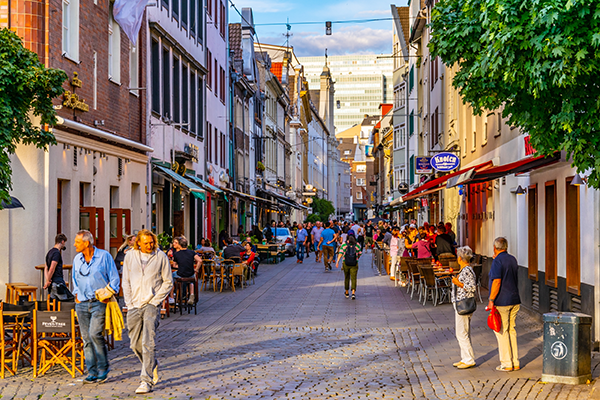

Dutch courage
Our penultimate stop was Arnhem, the historic city in the east of the Netherlands that’s perhaps best known for its prominence in the Second World War; its bridge was the planned landing point for Operation Market Garden – the failed attempt to liberate the Netherlands from German occupation in 1944. Alongside the city’s dark past, though, is a real art heritage. More than 270 Van Gogh works are held in the Kröller-Müller Museum, making it the second-biggest collection of the artist’s work in the world. A visit to the museum, located just outside the city in the Hoge Veluwe National Park, was one of the excursions on offer, and feedback from other guests was excellent.
I opted instead for a hike in the surrounding park, and it had its own artistic charms. Granite sculptures and other artworks peeped out from thick, bottle-green forest. And arid plains the colour of sand stretched out in a way that felt more akin to the Wild West than the Netherlands. This was one of Avalon’s Active excursions, and I enjoyed it so much that when we reached Amsterdam the following day I picked another optional exertion: a cycling trip through the Dutch landscape.
I’m glad I did. It was one of the most serene, peaceful and memorable experiences I had on the trip, with lush-green fields, brightly coloured windmills and mirror-blue canals accompanying us as we ambled gently along, listening to the sounds of birds tweeting and the breeze whistling, and taking in the smells of the sweet, honey-scented flowers and the damp, freshly cut grass. If proof were needed that river cruising isn’t all about sitting on a ship and eating, this was it. Fear not, though: there was ample time for that when I got back on board and opted to comfort-eat my way through the fact it was our final night. Never mind – I’d worked up quite an appetite in a week of active adventures.
BOOK IT: Avalon’s Active & Discovery on the Rhine cruise costs from £1,999 per person for a Deluxe Stateroom or £2,849 for a Panorama Suite, based on a May 12 departure. The price includes meals with wine and beer, home pickup, transfers, a choice of excursions and flights from Heathrow. Next year’s departures will be on identical ship Avalon Expression.
avaloncruises.co.uk
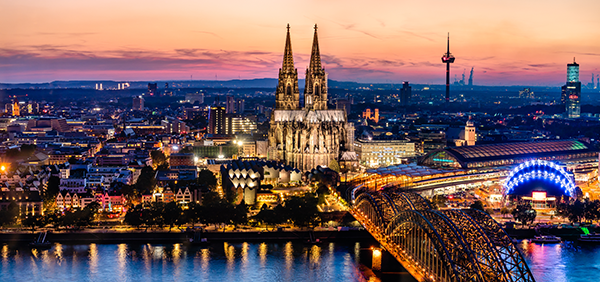
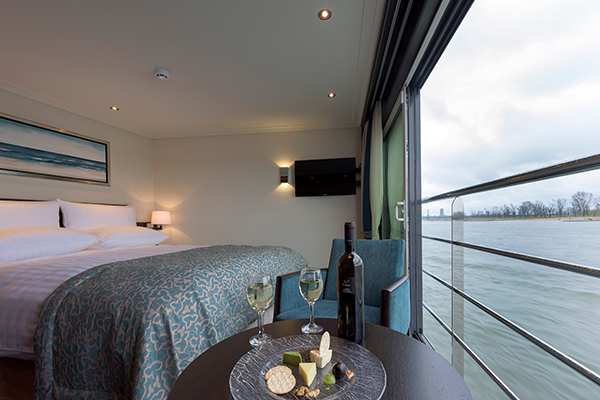
Avalon Panorama
A 166-passenger ship with 66 suites and 17 staterooms, Avalon Panorama is elegant in design with sleek wooden furnishings and dark blue, copper and grey hues. The suites are light and spacious, with wall-to-wall panoramic windows that face the bed – meaning you wake up to idyllic views each morning.
Food-wise, Avalon excels. The main restaurant serves buffet breakfasts and lunches with a live cooking station where the ‘special’ changes daily, while dinner is an à la carte, four-course affair with delicately presented dishes. There’s also a Panorama Bistro offering lighter meals, a Club Lounge with complimentary tea, coffee and homemade cakes, and the Panorama Lounge, where nightly live music meets an extensive cocktail list.
All have postcard views, as do the Observation Lounge, on deck three, and the Sky Deck, where I spent several evenings sitting in the heated whirlpool, watching the sky turn into a lilac-peach painting at sunset as the world passed by in one serene daze.

